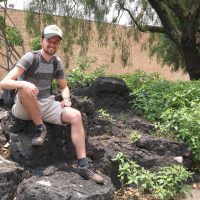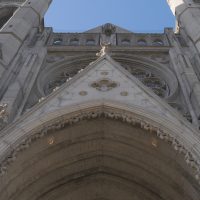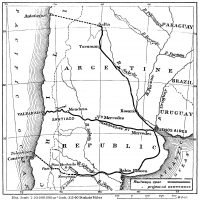Note: This post contains plot spoilers for Shusaku Endo’s 1980 novel The Samurai.
In October 1613, a ship set sail from Tsukinoura in northeastern Japan. The ship looked like a Spanish galleon and bore the name San Juan Bautista, but it had been built in Japan on behalf of a local feudal lord. On board was Hasekura Rokuemon, a minor lord who was dispatched as an envoy to Pope Paul V in Rome.
Shusaku Endo’s novel The Samurai (1980, trans. 1982 by Van C. Gessel) is a fictionalized account of Hasekura’s voyage from Japan to New Spain (Mexico), and onward through Spain to Rome. The novel does not stick closely to the historical facts (for instance, greatly compressing the Japanese delegation’s stay in Europe), but at any rate the facts are so sparse that Endo had to engage in extensive speculation as he crafted his narrative.
The purpose of the voyage is a central question of the novel. Hasekura and three other lance-corporals are sent to initiate trade relations with New Spain. One of the envoys, Matsuki, returns to Japan from New Spain. On several occasions before his return, Matsuki hints darkly that their mission is a cover for something else, because why else would such low-ranking officers be selected for this mission? The other three continue across the Atlantic and have an audience with Pope Paul V.
When Hasekura finally returns to Japan, he talks with Matsuki, who reveals the purpose of the mission. “Haven’t you realized yet that you were nothing more than a decoy dressed up to look like an envoy?” he admonishes Hasekura. “Edo and our domain never had trade with Nueva España as their main object. … Edo used our domain to find out how to build and sail the great ships.”
In Endo’s interpretation, Hasekura’s mission was cover for technology transfer. The Japanese wanted to learn how to sail European-style ships, and sending emissaries to new Spain was a way to do that without raising the Europeans’ suspicions.
It is a plausible interpretation, albeit completely speculative. The Japanese have long been prolific cultural borrowers, and technology has always been a part of what they are interested in borrowing. Shortly after Hasekura’s mission, Japan closed its doors to foreigners, and the country would remain closed for more than 200 years before being forced open by the United States in the 1850s.
But even during this period of isolation, the Japanese continued to allow the Dutch limited access to one port, and it was through this contact that the Japanese learned about European technology and industry. When Japan reopened to the world in the nineteenth century, the Japanese already had a head-start on understanding industrial technology thanks to the Dutch.
I don’t know if Shusaku Endo had this background in mind when he wrote The Samurai, but I expect that he did. In Endo’s own lifetime (he lived from 1923 to 1996), Japan readily adopted electronics manufacturing and became a world leader in the field. One can only wonder what might have happened with technology in Japan after the voyage of the San Juan Bautista, had the country not been closed to the world.





Leave a Reply